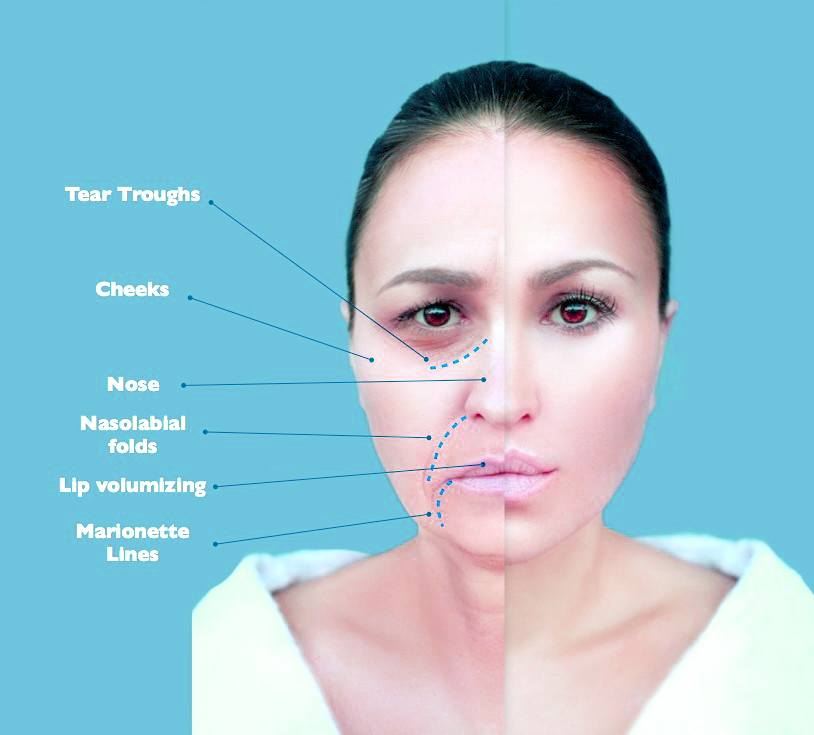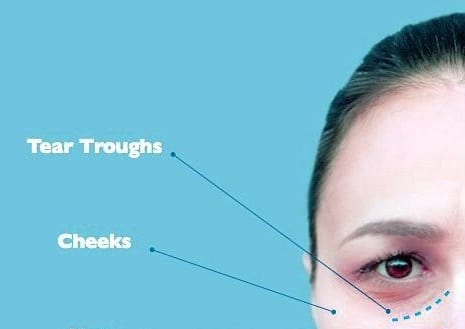
A wide variety of nonsurgical treatment options are now available that did not exist 10 or 15 years ago. Technological advancements continue expanding these options. For example, using dermal fillers such as Restylane® and JUVÉDERM®, I can perform nonsurgical rhinoplasty at my Montreal practice for certain patients or make dramatic improvements to other areas of the face by combining fillers with BOTOX COSMETIC®.
In addition to being safe, less invasive, and requiring less recovery time, these minimally invasive treatments provide very natural results. The natural question someone may ask then is why would anyone choose to undergo facial plastic surgery if they can avoid the discomfort and recovery involved with a nose job or facelift, for example?
In this blog post, I’ll address those questions in detail.
Should You Get a Facelift or Injectable Fillers and BOTOX?
First, I’ll point out that facelift surgery and injectable treatments can complement each other during a single procedure to create enhanced results. Combining these treatments is actually common and produces the best possible outcomes for patients at my Montreal practice.
The JUVÉDERM and Restylane family of products, in addition to other fillers and BOTOX or Dysport®, can effectively camouflage many signs of aging without surgery. There are issues, however, that cannot be improved using these products on their own. For example, saggy neck skin can’t be tightened using injectables.
When performed by a qualified facial plastic surgeon, a facelift and other surgical rejuvenation procedures provide beautiful results. But the improvements occur in the lower two-thirds of the face and don’t address signs of aging such as nasolabial folds (the folds between the nose and corners of the mouth) or crow’s feet (the creases that form at the outer corner of the eye and temple with smiling.
In general, women and men get facial rejuvenation surgery, such as a facelift, neck lift, eyelid lift, or brow lift, to address loose skin and sagging tissue. Even then, however, many patients can benefit from fillers, BOTOX, and other nonsurgical treatments for two reasons:
- To treat areas not improved by surgery. For example, the frown lines between the eyebrows are best addressed with BOTOX (or Dysport), regardless of surgery.
- To enhance the results of cosmetic surgery as the aging process continues.
What Happens When Our Faces Age?
Three processes occur as the face ages and each of them can be treated by one or several options. These 3 processes and treatment options include:
1. Loss of Skin Elasticity
The Issue: The skin and, more importantly the muscles supporting the skin, lose elasticity and begin sagging. Jowls replace the well-defined jawline associated with a youthful appearance. The skin on the neck becomes loose, and wrinkles or bands begin to appear.
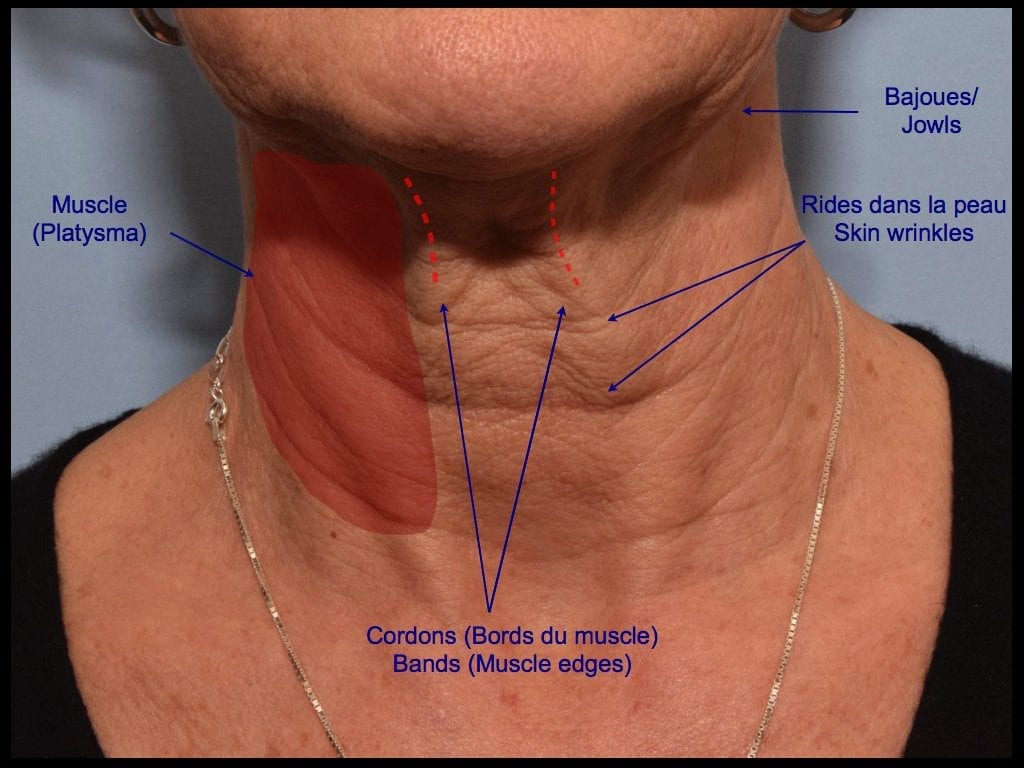
Treatment Options: Surgical procedures such as facelift, blepharoplasty, or a brow lift in Montreal, address the loss of the skin’s elasticity and sagging tissue and muscle. Lifting, repositioning, and suspending the muscles and skin can improve the appearance of some hollow areas, but facelift surgery doesn’t replace lost volume.
2. Loss of Fat Layer
The Issue: Faces lose the layer of fat under the skin that keeps the skin smooth and provides the beautiful contours of a youthful face. This is the reason older faces have areas of hollowness and shadowing. This is most noticeable in the areas under the eyes and in the cheeks.
Treatment Options: Restoring lost volume with fillers such as JUVÉDERM, Restylane, and other products helps minimize wrinkles and create a more youthful appearance. Fat transfer is another technique that replaces lost volume.
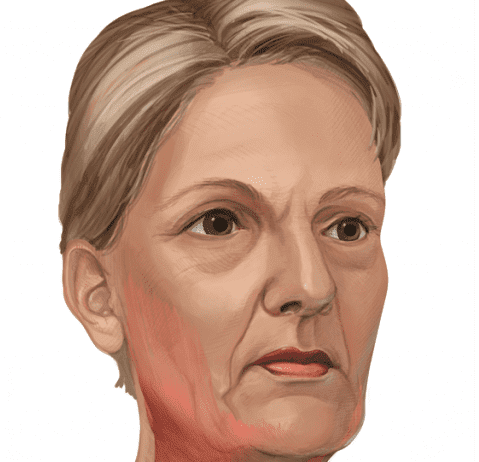
3. Skin Surface Damage
The Issue: The skin’s surface because rougher and discoloured, mostly because of years of accumulated sun damage. Brown spots, red areas where vessels are prominent, and other skin irregularities that we associate with aging become increasingly noticeable.
Treatment Options: Laser skin resurfacing, intense pulsed light (IPL), chemical peels, and dermabrasion treatments are ideal for addressing complexion concerns and creating smoother skin.
Which Facial Rejuvenation Treatments Are Best for Me?
The choice of the most effective treatments depends on the degree of facial aging, which usually—but not always—depends on the patient’s age.
Mild Aging Changes
Women in their early to mid-40s often fit into this category. The nasolabial folds (folds extending from the sides of the nostrils to the corners of the mouth) become slightly more obvious, and there may be hollowing under the eyes. Also, the jaw begins to lose some definition as mild jowls emerge.
Nonsurgical treatments, including BOTOX and filler injections, can address many of these changes. But patients are choosing to take a more proactive approach more often, undergoing minor facelift procedures such as Refresh Lift in order to get ahead of aging in a preventive fashion.
Moderate To Advanced Facial Aging
These changes typically occur when women and men are in their late 40s to early 50s or older. The muscle covering the face and neck loosens and sags, taking the skin with it. This leads to the appearance of jowls and vertical “bands” in the centre of the neck. The youthful oval shape of the face is lost as the face takes on a more square or rectangular shape due to the jawline’s loss of definition.
Additionally, we often see the upper eyelids sag and bags and wrinkling appearing under the eyes, frequently accompanied by hollows and dark circles. Finally, the skin’s surface shows signs of aging, such as fine wrinkles, brown spots, and small blood vessels.
These changes usually require a combination of treatments for optimal results. This typically includes surgery (facelift, neck lift, eyelid lift, or blepharoplasty) and nonsurgical treatments such as dermal fillers and either BOTOX or Dysport for folds and wrinkles not addressed by surgery, along with laser skin rejuvenation treatments or IPL to address the brown spots, vessels, and fine wrinkles.
When Should I Stop Getting Fillers and Schedule Surgery?
As I mentioned earlier, it is not a question of fillers OR surgery, but rather when is it time to combine fillers with surgery. Having said that, some conditions, such as mild jowls, can be camouflaged with fillers. At a certain point, though, fillers can only camouflage so much and surgery becomes the only solution to address the sagging. There is no specific age at which this happens, but most people reach this point in their early 50s.
What Is a Good Age to Get a Facelift?
Your appearance and how you feel about it are more important than age when determining the right time for a facelift. At my Montreal plastic surgery clinic, most facelift, neck lift, or brow lift patients are in their late 40s to late 50s. Of course, we have patients in their 60s, 70s, and occasionally, 80s. We also have patients in their early 40s who choose to have the procedure to prevent advancing aging changes.
Rhinoplasty or Nonsurgical Rhinoplasty?
Rhinoplasty is one of the most common esthetic procedures performed worldwide. When performed by the best plastic surgeons or facial plastic surgeons, it greatly improves the appearance of the nose as well as facial harmony.
What Is Nonsurgical Rhinoplasty?
Nonsurgical rhinoplasty involves using dermal fillers such as Restylane and JUVÉDERM to camouflage certain irregularities and undesired features, such as a nasal hump or a flat, wide tip. It can provide excellent results.
Who Is a Good Nonsurgical Rhinoplasty Candidate?
While most patients are good candidates for rhinoplasty, that’s not true of all patients. For people who have had multiple rhinoplasty surgeries and do not wish to undergo the risk of another surgical procedure, nonsurgical rhinoplasty may be an excellent option. Patients who cannot afford the cost of rhinoplasty surgery can also get excellent results with the more affordable nonsurgical technique. Patients who are not candidates for surgery for health reasons can also safely undergo nonsurgical procedures.
Nonsurgical rhinoplasty is also ideally suited for certain ethnic noses, such as Black or Asian patients who often require augmentation of the bridge and refinement of a flat tip.
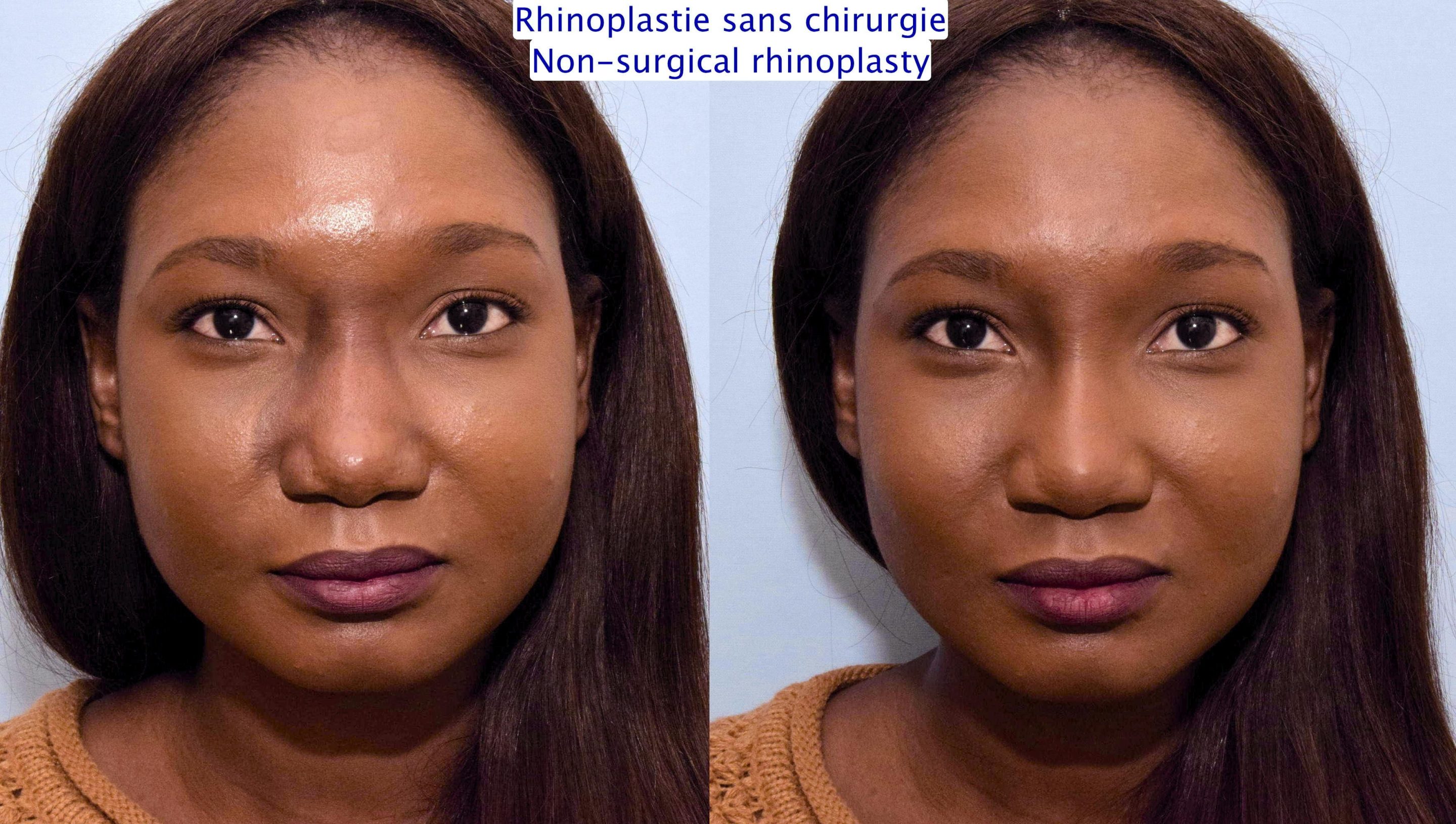
Even though fillers can address most nasal imperfections, nonsurgical rhinoplasty isn’t an appropriate treatment path for all conditions. A very large hump is a primary example. While small or moderate humps can be camouflaged very well with nonsurgical rhinoplasty, a larger hump would require surgery for an optimal result. A downturned or droopy tip is another feature that would require surgery to correct.
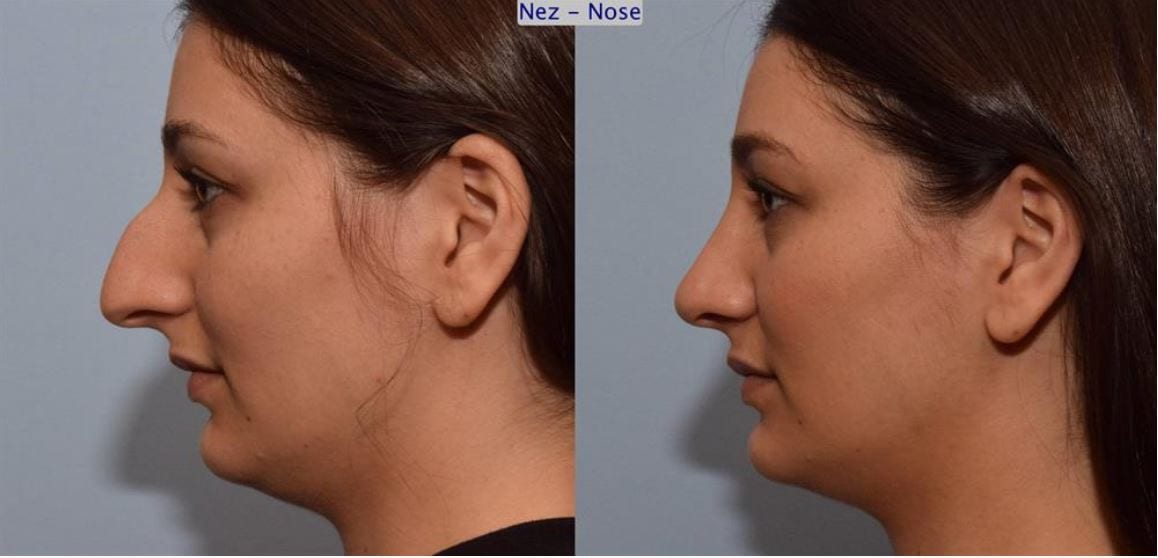
What Are the Advantages and Limitations of Each Rhinoplasty Option?
Surgical rhinoplasty, when performed by an experienced plastic surgeon or facial plastic surgeon, can address the majority of imperfections or deformities. While the cost is higher, the results are permanent. For patients who have undergone prior rhinoplasty, revision surgery is more challenging than a primary (initial) procedure. Even though experienced facial plastic surgeons can achieve good results, patients should generally not expect the outcomes to match those of a properly performed initial rhinoplasty.
Nonsurgical rhinoplasty performed by an experienced provider can greatly improve the appearance of the nose by addressing most patient concerns. There are limitations, however, with some deformities not well-served by a nonsurgical approach.
Advantages of nonsurgical rhinoplasty include no downtime and a much lower cost. The results, however, are not permanent, with the changes lasting from 12 to 18 months in most patients.
Eyelid Surgery (Blepharoplasty) or Nonsurgical Blepharoplasty?
Blepharoplasty, also called eyelid surgery or an eyelid lift, surgically improves the appearance of the upper and lower eyelids.
Upper eyelid surgery typically includes removing droopy, excessive skin, and in some cases, excess fat in the corners of the eyelids near the nose.
Lower eyelid surgery is not as straightforward. Patients may have excess droopy, wrinkled skin and fat bags. Many patients have both.
Nonsurgical Eyelid Surgery
In some cases, what appears to look like excess fat is, in fact, drooping cheek tissue that creates a hollow under the eyes that look like dark circles. Fat bags adjacent to the hollow grooves that have always been there may look like isolated fat bags. Removing this fat as part of lower eyelid surgery will create more hollowing and actually worsen the appearance.
Instead, the anatomy of these patients requires using fillers to camouflage the “dark circles,” restoring a smoother contour that creates a more rested appearance. It’s important that the provider inject fillers with precision in the hollows and grooves under the eyes.
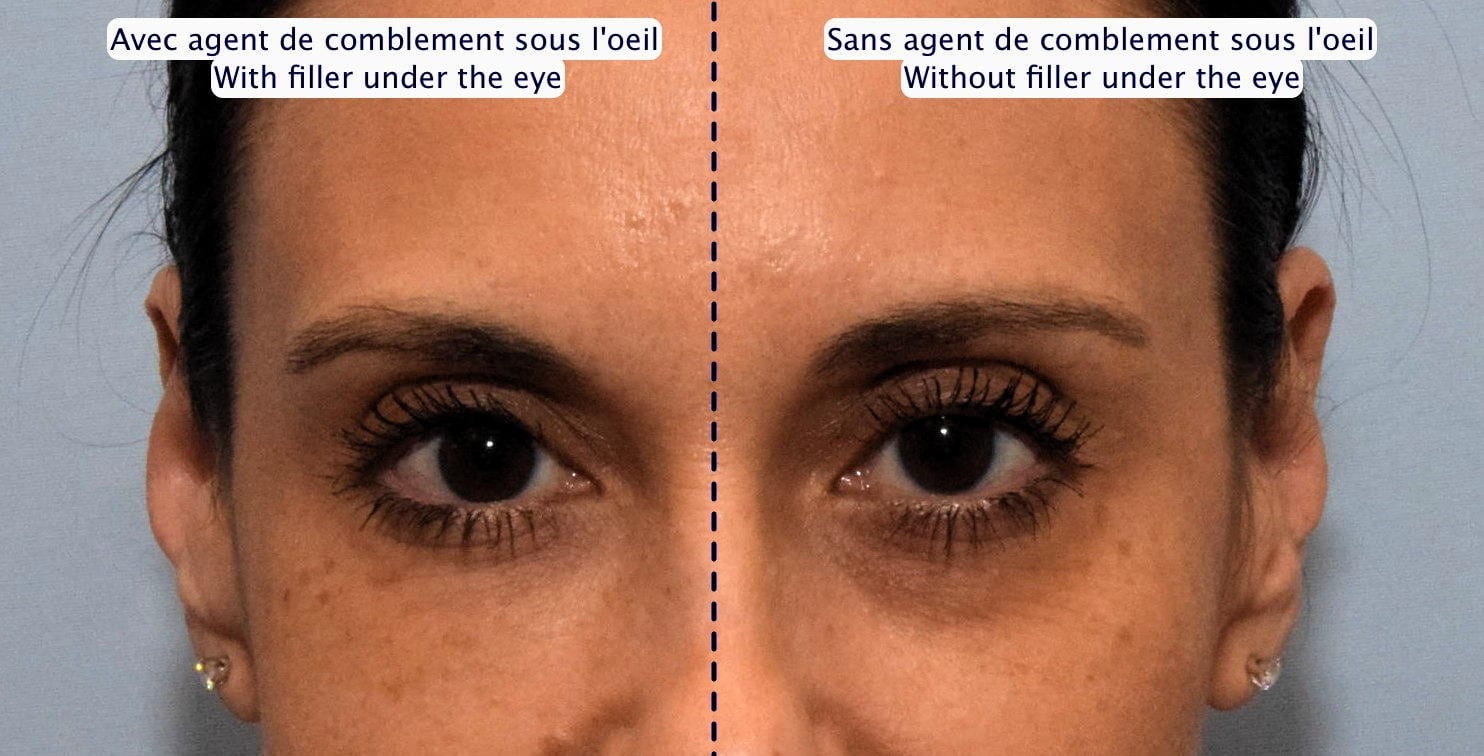
The amount of filler used and its location are crucial in obtaining the desired result in this delicate area. Therefore, the injector needs to have significant experience and expertise. Even a little too much filler would give the appearance of puffy eyes.
Which Is Better for Me?
This depends on the person’s anatomy. Dr. Samaha’s extensive experience at his facial plastic surgery clinic in Montreal enables him to identify which patient would benefit from an eyelid lift and, more importantly, which patients should not have surgery and would instead benefit more from fillers.
Chin Implants or Nonsurgical Chin Augmentation?
Strong, well-defined chins are a feature that is associated with attractive faces. Patients with “weak” or less prominent chins consider chin augmentation with implants or injectables. Both treatments can produce remarkable improvements by harmonizing facial proportions and creating an attractive profile.
Chin implants are the most common method of augmentation. However, it is also possible to augment the chin using fillers such as JUVÉDERM or Restylane for patients who either do not want or cannot have surgery. The reasons for this vary, including medical contraindications to surgery, financial limitations, or personal preference.
Does a Chin Implant Provide Better Results Than Fillers?
Either chin implant surgery or fillers can provide an excellent improvement. With an implant, there may be a little more improvement in the definition under the chin as the skin gets tucked in.
What Are the Advantages and Limitations of Each?
Chin implant surgery provides a more permanent result. Because it’s a surgical procedure, it requires a minimum of recovery and is more costly than fillers.
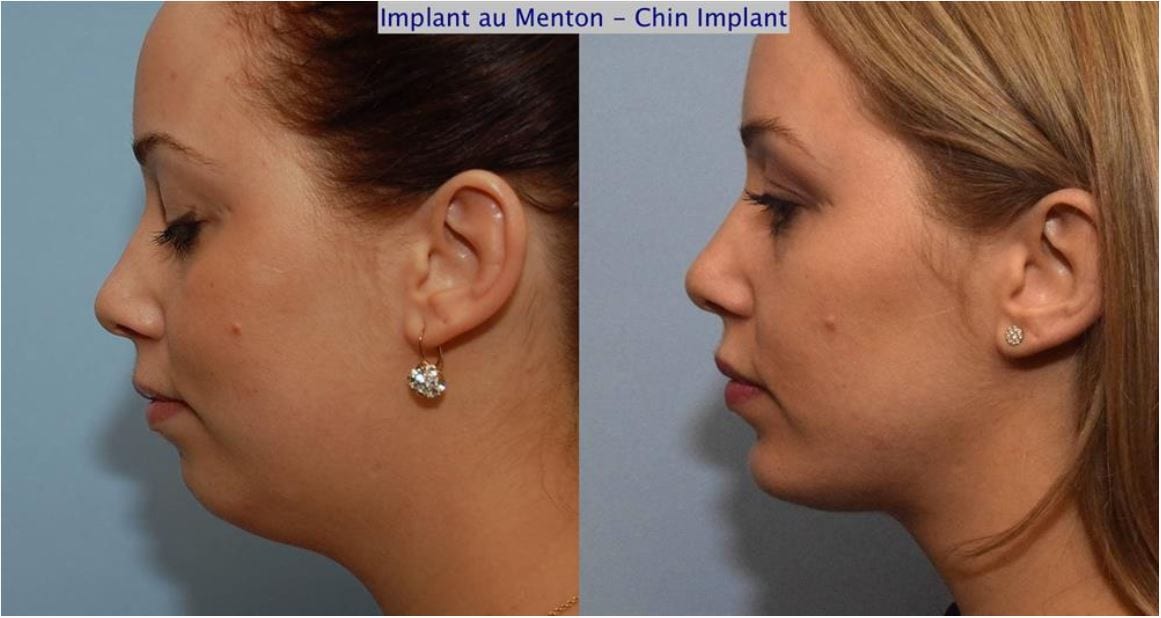
Fillers create immediate results with minimal or no swelling and usually no bruising. The results are temporary, though, with outcomes typically lasting 10 to 12 months. Even though this option is less costly than surgery, the amount of filler required to provide a meaningful result can be significant for some patients, increasing the cost.
Which Is Right for Me?
Though both surgery and fillers provide great results, chin implant surgery is more common. Even though some downtime is needed to recover, Dr. Samaha’s minimally invasive techniques and the use of a local anesthetic minimize the recovery period. The procedure is usually painless. Some patients do opt for fillers, for the reasons mentioned above, with excellent results.
If you’re interested in discussing your nonsurgical and facial plastic surgery options at our Montreal practice, request a consultation using our online form or call us at (514) 613-3004.

